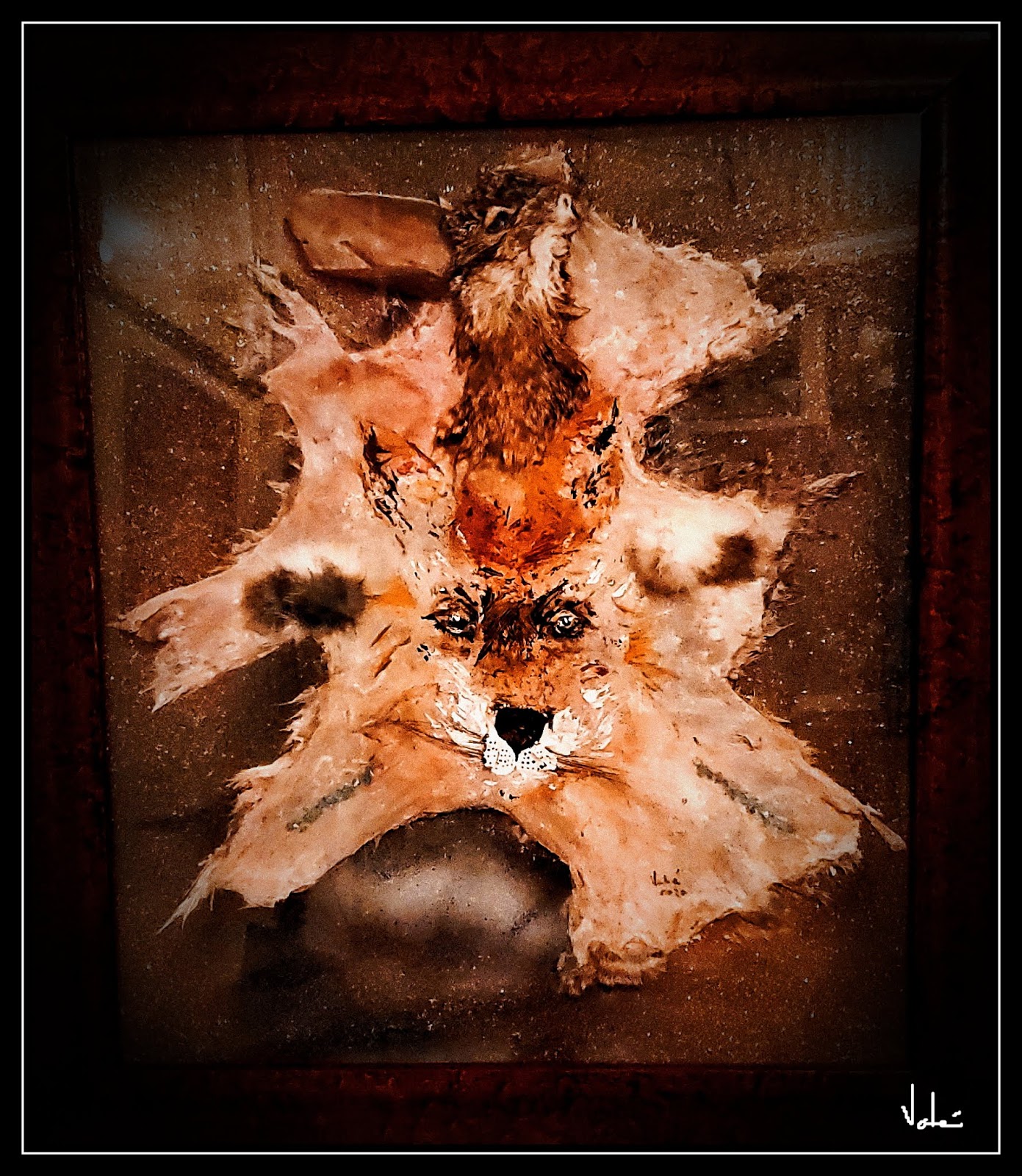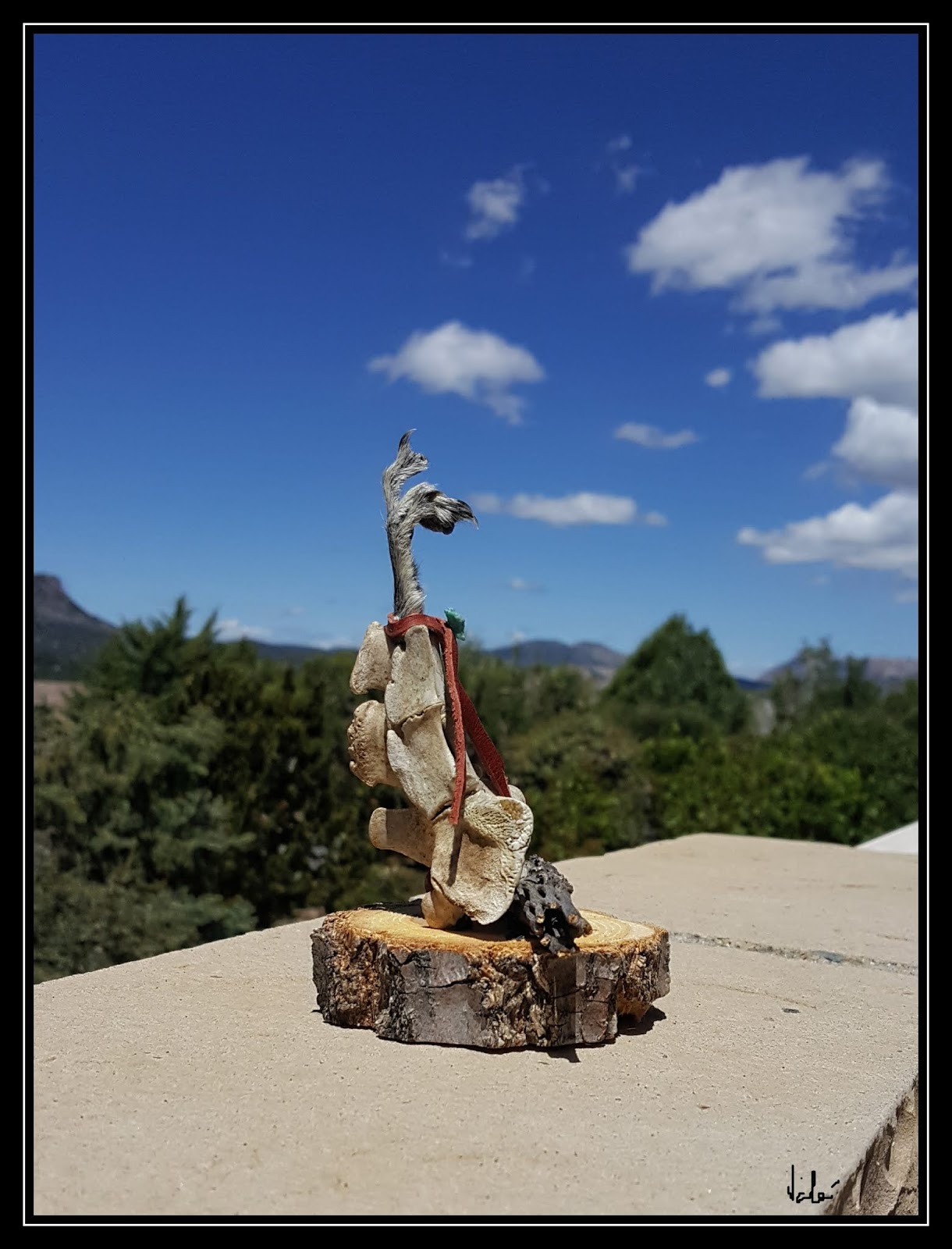The Laughing Javelina – a “Cactus Pig” of the Southwest Desert.
One of the most popular
wild animals in Arizona is the collared peccary, which looks like a wild boar.
It is called Javelina in Spanish because of the sharp, javelin like canine teeth
which are formidable defensive tusks which often injure dogs if the javelin feels
threatened.
Tayassu tajacu is called “stinky pig”
because of their strong smell and “cactus pig” because they are desert animals.
They are considered “New
World” pigs in contrast to the boars that are “Old World” pigs. Javelina is found
in Mexico, Central America, northern Argentina, and in the Southwest deserts of
Arizona, Texas and parts of New Mexico. They
can weigh about 50 pounds and have very coarse and short pepper-and-salt hair
and pig-like nose. Since female javelin give birth any time of the year, their
numbers have increased substantially when living in towns and cities away from
predators.
Here
is a good picture of a Javelina by Dr. Wayne Lynch and more can be seen on his
webpage at https://www.canadiannaturephotographer.com/WayneLynch_Javelina.html
And here is one I took a
couple of days ago in my backyard before sunrise.
So, a neighbor who knew about my interest in the arts asked me if I would be interested in working on a Javelina skull.
“It is complete, needs a bit of cleaning but I
am sure you can come up with creative ideas.”
… Here is the skull
after cleaning connective tissue and skin. Contrary to many others I have seen,
the skull bones and the teeth were intact. I immediately painted a Javelina on
the frontal bone.
“classic” position of the lower jaw in any wild animal skull artwork seemed too
complaisant.
I wanted to show these canine teeth as I have
often seen when a male Javelina is defending its herd which typically includes
more than a dozen adult Javelinas and babies. So, after a few tries I opted for
this appearance to which glass taxidermy eyes added certain serenity:
I collect petrified wood
from the desert as part of my “recycling art work” as many have called my
approach. I found one with much character and a nice fork where the skull would
rest. But I needed a base that would add to my pursuit of character to the
entire work.
The choice became easy
given the narrow end of the wood. In addition to wood, skulls and bones I
collect from the desert, I often find horse and wild donkey skeletons that have
been left after coyotes, and sometimes wolves, act as predators. All of these
skeletal parts have been petrified and dried for many years in the sun and sand
so not need any cleaning. This time, I was glad to find a horse hoof, with the
horseshoe on, to become the base:
It was time now to
decide if my Javelina would have ears or not. I used two black jackrabbit tails
for ears:
While the ears do
resemble the Javelina ears, I am not sure if the character of this work is best
expressed with or without ears. So I did not attach the jackrabbit tails
permanently – I may take them off and on depending on my mood …
The final work needed a
cover to the top of the horse hoof and around the lower jaw articulation;
Cottontail rabbit fur completed that task.
When I looked at the
final product, I recalled my mother’s advice:
“Son, if you see the teeth of a tiger, do not
think the tiger is laughing at you”
Her advice has served me
well when meeting folks who seem eager to please or are overly pleasant.
And, this Javelina may
have a soft look in its eyes but I have seen enough of these desert animals
bare their long canines to know that they are not in the mood to laugh or play.
March 30, 2022
© Vahé A. Kazandjian,
2022











Comments
Post a Comment